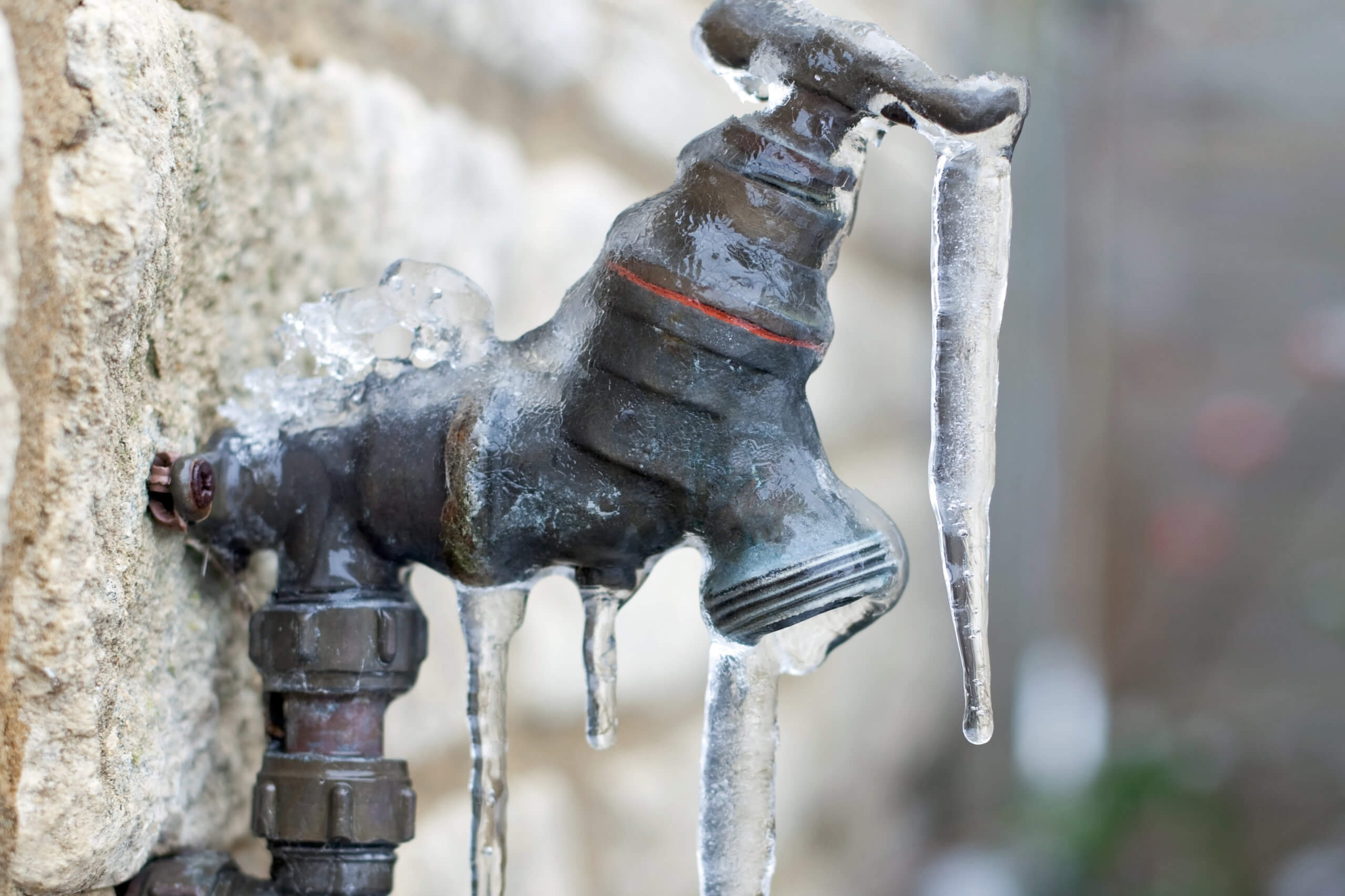Critical Strategies for Avoiding Frozen Plumbing in Cold Weather
Book MaintenanceListed here further down yow will discover lots of good answers in regards to Preventing and dealing with frozen pipes.

Cold weather can wreak havoc on your pipes, particularly by freezing pipes. Below's exactly how to prevent it from happening and what to do if it does.
Introduction
As temperatures drop, the threat of frozen pipes rises, potentially causing expensive repair work and water damage. Comprehending exactly how to prevent icy pipes is vital for home owners in cool environments.
Comprehending Frozen Pipes
What creates pipes to ice up?
Pipelines freeze when revealed to temperature levels listed below 32 ° F (0 ° C) for expanded periods. As water inside the pipes ices up, it broadens, taxing the pipeline wall surfaces and potentially creating them to burst.
Dangers and damages
Frozen pipes can bring about water system disturbances, residential property damages, and pricey repair services. Burst pipes can flood homes and cause substantial structural damages.
Indicators of Frozen Pipes
Determining icy pipelines early can prevent them from rupturing.
Exactly how to recognize frozen pipelines
Try to find lowered water circulation from faucets, uncommon smells or noises from pipelines, and visible frost on subjected pipes.
Avoidance Tips
Shielding at risk pipelines
Cover pipes in insulation sleeves or make use of heat tape to shield them from freezing temperatures. Focus on pipelines in unheated or outside locations of the home.
Home heating strategies
Maintain indoor areas sufficiently warmed, particularly locations with pipes. Open up cupboard doors to permit cozy air to circulate around pipes under sinks.
Protecting Outdoor Pipes
Garden pipes and outdoor faucets
Separate and drain yard hoses before winter months. Mount frost-proof spigots or cover outdoor taps with insulated caps.
What to Do If Your Pipes Freeze
Immediate actions to take
If you think frozen pipelines, keep faucets open up to eliminate stress as the ice melts. Use a hairdryer or towels soaked in hot water to thaw pipelines gradually.
Long-Term Solutions
Structural modifications
Consider rerouting pipes away from exterior walls or unheated locations. Include extra insulation to attics, cellars, and crawl spaces.
Updating insulation
Purchase high-quality insulation for pipelines, attics, and wall surfaces. Correct insulation assists keep constant temperatures and reduces the threat of frozen pipes.
Final thought
Stopping frozen pipelines calls for positive steps and fast responses. By recognizing the reasons, indicators, and preventive measures, home owners can safeguard their plumbing during cold weather.
5 Ways to Prevent Frozen Pipes
Drain Outdoor Faucets and Disconnect Hoses
First, close the shut-off valve that controls the flow of water in the pipe to your outdoor faucet. Then, head outside to disconnect and drain your hose and open the outdoor faucet to allow the water to completely drain out of the line. Turn off the faucet when done. Finally, head back to the shut-off valve and drain the remaining water inside the pipe into a bucket or container. Additionally, if you have a home irrigation system, you should consider hiring an expert to clear the system of water each year.
Insulate Pipes
One of the best and most cost-effective methods for preventing frozen water pipes is to wrap your pipes with insulation. This is especially important for areas in your home that aren’t exposed to heat, such as an attic. We suggest using foam sleeves, which can typically be found at your local hardware store.
Keep Heat Running at 65
Your pipes are located inside your walls, and the temperature there is much colder than the rest of the house. To prevent your pipes from freezing, The Insurance Information Institute suggests that you keep your home heated to at least 65 degrees, even when traveling. You may want to invest in smart devices that can keep an eye on the temperature in your home while you’re away.
Leave Water Dripping
Moving water — even a small trickle — can prevent ice from forming inside your pipes. When freezing temps are imminent, start a drip of water from all faucets that serve exposed pipes. Leaving a few faucets running will also help relieve pressure inside the pipes and help prevent a rupture if the water inside freezes.
Open Cupboard Doors
Warm your kitchen and bathroom pipes by opening cupboards and vanities. You should also leave your interior doors ajar to help warm air circulate evenly throughout your home.

I hope you enjoyed reading our piece about Winter Plumbing Precautions: Preventing Frozen Pipes. Thank you for taking a few minutes to read our content. You should pause to distribute this article if you liked it. I treasure reading our article about How to Prevent Your Pipes From Freezing.
Call Today